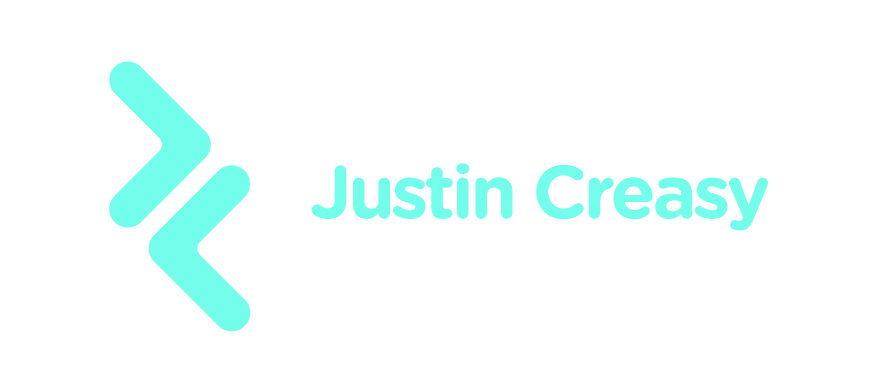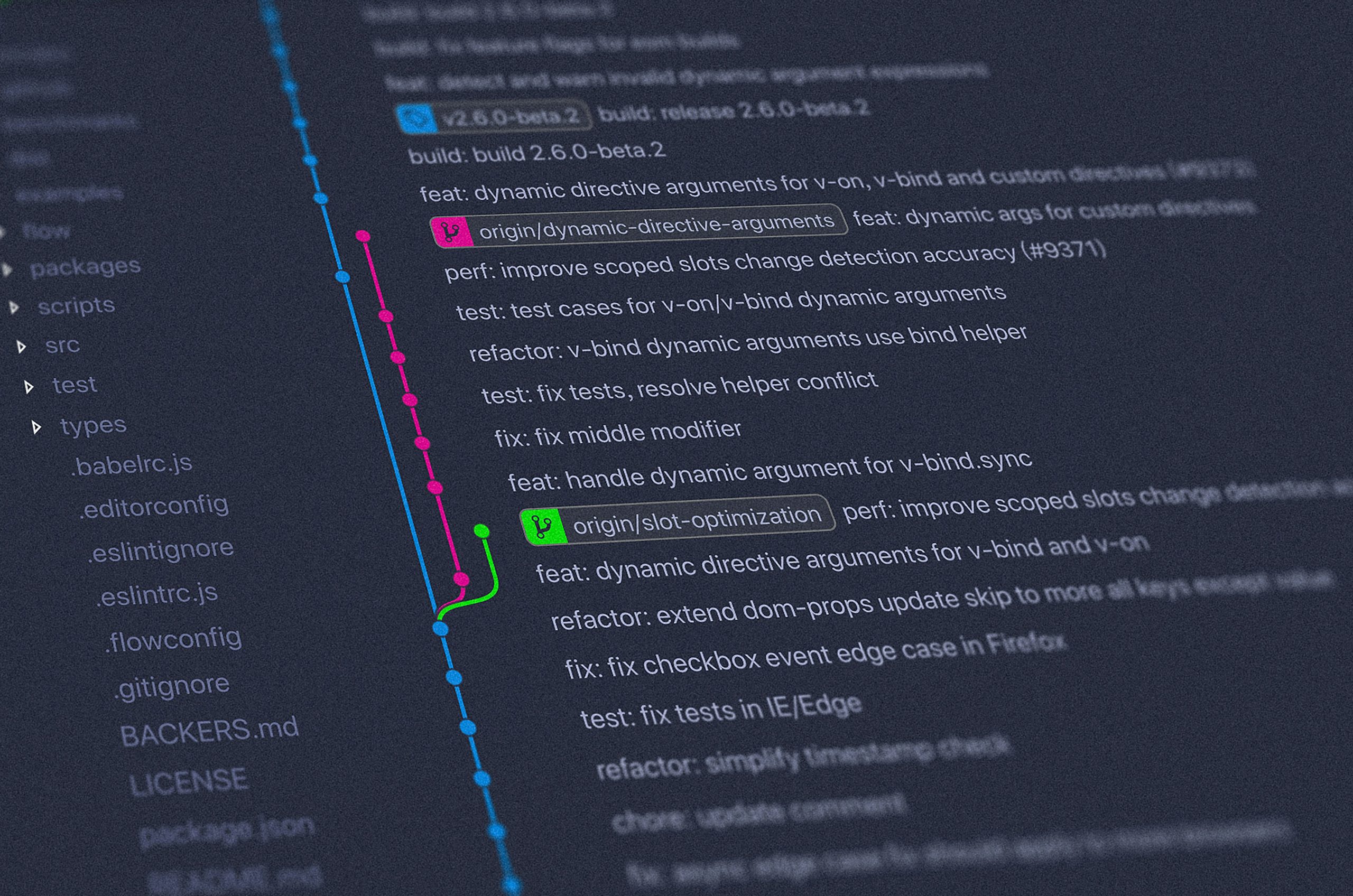Web Development vs Web Design: Understanding the Difference and Impact
In the digital age, having an online presence is crucial for businesses to thrive. Two critical roles in building this presence are web development and web design. While they may sound similar and often overlap, they serve distinct purposes in the creation of websites. Understanding these differences is not only essential for businesses looking to hire professionals in these fields but also for anyone interested in pursuing a career in the digital realm.
What is Web Design?
Web design focuses on the aesthetics and usability of a website. A web designer works on the layout, color schemes, typography, and interactive elements to create an engaging user experience. Designers use tools like Adobe XD, Sketch, and Figma to create wireframes and prototypes that define the website’s visual and functional elements.
Key Components of Web Design
- User Interface (UI) Design: Concentrates on the look and layout of a website. This includes buttons, text, images, and other interactive elements.
- User Experience (UX) Design: Focuses on providing a smooth and intuitive experience for the user. This involves researching user behavior and designing site structures that are easy to navigate.
- Graphic Design: Integrates branding elements like logos and color palettes, ensuring consistency with the company’s identity.
For more on UX design principles, Nielsen Norman Group offers a wealth of resources here.
What is Web Development?
On the other hand, web development is about building and maintaining the functional aspects of a website. This involves writing the code that powers a site’s operations, ensuring everything works smoothly behind the scenes. Web developers typically work with programming languages such as HTML, CSS, JavaScript, and for backend processes, languages like Python, PHP, or Ruby.
Key Components of Web Development
- Front-End Development: Deals with what users interact with directly in their browser. It includes frameworks like React, Angular, and Vue.js.
- Back-End Development: Concerns server-side operations, databases, and application logic. It utilizes server-side languages and technologies like Node.js, Django, and SQL.
- Full-Stack Development: Involves both front-end and back-end development, offering a comprehensive approach to website functionality.
To delve deeper into programming languages for web development, Codecademy provides extensive learning resources here.
Web Design vs Web Development: Why They Matter
When putting together an online platform, understanding web development vs web design is crucial. A beautifully designed website is useless if it cannot perform essential functions or if pages take too long to load. Conversely, a highly functional site will fall short if users find it difficult to navigate or unappealing.
Collaboration Between Designers and Developers
Successful websites are often the result of collaboration between web designers and web developers. Designers create the blueprint for the user interface, which developers then build upon to make a viable product. This synergy ensures that the final product not only looks good but also performs well.
Conclusion
In the ever-evolving digital landscape, both web design and web development play vital roles. Web design ensures that users enjoy an aesthetically pleasing and intuitive experience, while web development focuses on the functionality behind the scenes. Whether you are considering hiring professionals or pursuing a career in these fields, understanding the differences and synergies of web development vs web design is essential for making informed decisions. By acknowledging their distinct contributions, you can better appreciate their importance in shaping today’s digital world.
For further exploration, check out HubSpot’s article on this topic here.
In conclusion, appreciating the intricate balance and the crucial distinctions between web development and web design can provide significant insights into building an impactful online presence.




